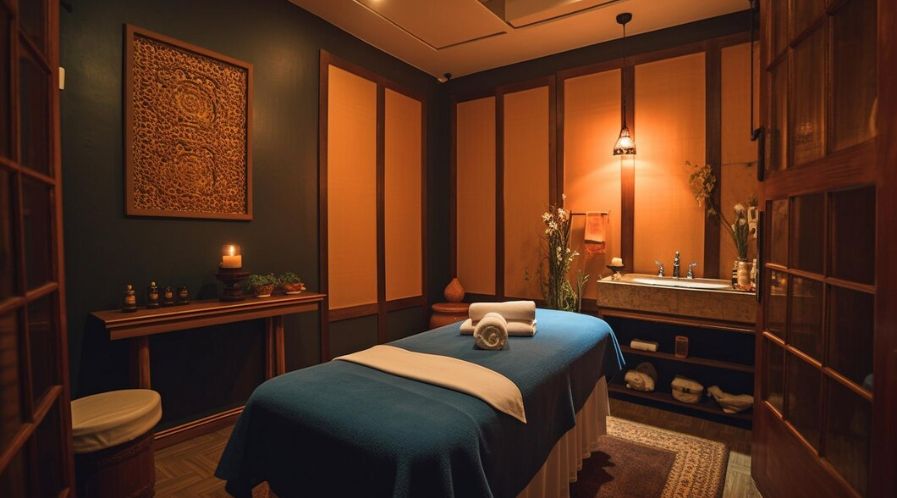Aromatherapy: Pivot of the Wannabe-Spa Washroom
Aromatherapy is as old as the hills but its incorporation in the regular washroom indicates its efficacy in creating the right mood, writes Anurag Yadav
In times when it is established that the well-designed washroom is in all senses, essentially a wannabe spa, the actual spa elements find resonance in that space. The most common element of all spas is the olfactory sense which is fast being included in the design and experience of modern washrooms. That experience is through the sense of smell and the right aroma.
Historical and timeless
This is nothing new since the roots of aromatherapy can be traced back to 3,500 BC when aromatic medicine was developed. This was a time when Egyptians burned aromatic woods, herbs, and spices as a religious practice.
The Chinese ‘Yellow Emperor’s Classic of Internal Medicine’, written in 2697 BC is the oldest medical text in China, which contains information about the properties and medical uses of over 300 different plants, which suggests they may even have preceded the Egyptians in their use and knowledge of plant-based medicines. At the same time, civilizations in India and the Americas were also using aromatics.
Modern times
As far as creating a soothing experience in a washroom is concerned, bath salts are used as a stimulator for relaxing the body. These salts are either made of rock salt or sea salts and when combined with essential oils in water, the aroma created leaves a therapeutic effect on the mind and body. As a result, scented candles and scented oils are used to create a calming effect on the body.
Spa lounges and treatment rooms are inundated with orange blossom and lavender scents, as these have been a part of the spa experience for years now. Thanks to the influence of ancient Egyptian, Chinese, and Indian fragrant plant oils, the scent has become an essential component of wellness, resulting in aromatherapy coming into the mainstream.
With years of enhancement in the usage of natural oils and therapeutic salts, aromatherapy today plays a greater role of being used in the treatment of pain, as a mood enhancer, sleep therapy, and to improve cognitive function. The essential oils used in aromatherapy have a different composition compared to other herbal products because the distillation used in aromatherapy recovers the lighter phytol molecules.
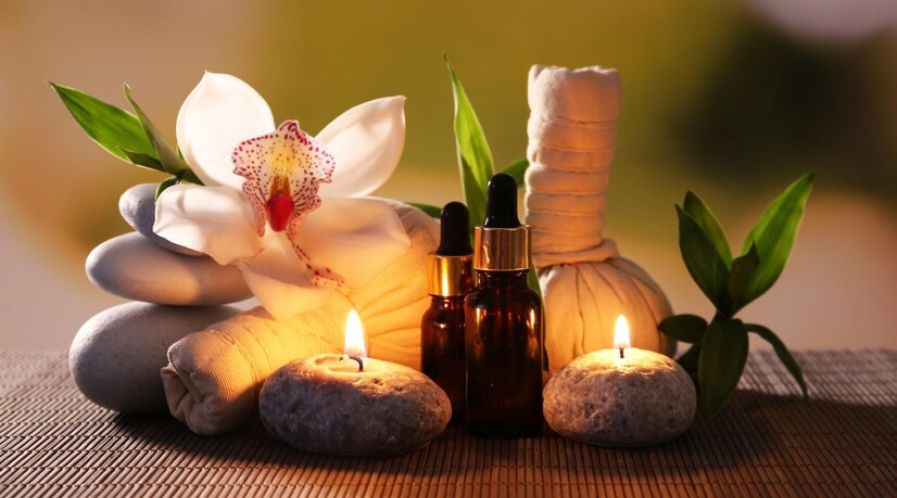
From the spa to the washroom
Today, in an era of customization, spas have realized that they need to revisit their approach to aromatherapy from the generally pleasant to offer a personalised touch. Moving beyond the sachets and candles, they are now working in tandem with botanists and are increasingly incorporating high-tech digital technology to come up with varied combinations. This change in approach is set to enable the natural scent to play a bigger role in public areas, hospitals, besides homes and the hospitality industry.
Aromatherapy thus steps out of spas and enters the regular washrooms in residences and even public conveniences in upmarket establishments.
The physiology
It is believed that the inhalation of essential oils stimulates the part of the brain connected to smell – the olfactory system; a signal is sent to the limbic system of the brain that controls emotions and retrieves learned memories. This causes chemicals to be released which relax the senses, making the person feel calm or even stimulated. If the aromatherapy includes massage the effect is to further relax the person.
The essential oils are said to have a direct pharmacological effect. Aromatherapists claim there is a synergy between the body and aromatic oils; however, there is no scientific evidence to supplement this. Nevertheless, some preliminary clinical studies have revealed positive results.
Essential oils, phytoncides and other natural volatile organic compounds (VOCs) work differently. When targeting the sense of smell they activate the limbic system and emotional centers of the brain. When applied topically (onto the skin) they activate thermal receptors and destroy microbes and fungi. The internal application may stimulate the immune system (generally in a prescribed form).
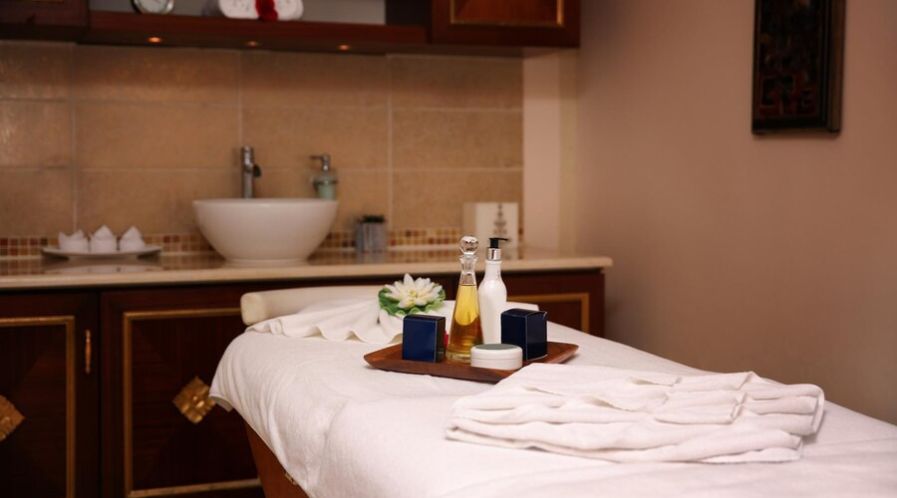
The benefits of aromatherapy environs
Considering the almost immediate impact of essential oils on the human mind and body, more people are utilizing aroma to enhance their surroundings, from the bathroom to the bedroom, from a cubicle to the living room. As the washroom gains in prominence as a me-time space, it is estimated that in the past two years, sales of aromatherapy and natural body oil products grew more than 15% annually. This has upped the ante for aromatic products not just in spa environments, but in public areas as well as homes.
Evidence shows that aromatherapy stands out because it acts like a stress buster. A study carried out among 340 patients waiting for their dental appointments found that those who received lavender aromatherapy showed significantly lower levels of anxiety than those who didn’t.
According to scientists, aromatherapy’s effects ‘are theorized to be the result of the binding of chemical components in the essential oil to receptors in the olfactory bulb, impacting the brain’s emotional centre, the limbic system. Topical application of aromatic oils may exert antibacterial, anti-inflammatory, and analgesic effects.’
Currently, medical studies on aromatherapy are limited. However, clinical trials have indicated its benefit in reducing stress and anxiety, insomnia, depression, tension headaches, systolic and diastolic blood pressure in people with hypertension, and agitation/emotional problems in people with dementia.
Mood elevator
Increasingly, the sense of smell has been recognized as an instant mood-shifting and brain-engaging activity. Research has proved that sense of smell is 10,000 times stronger than other senses. The olfactory response is instantaneous and leads directly to the brain, giving the central nervous system direct exposure to the environment.
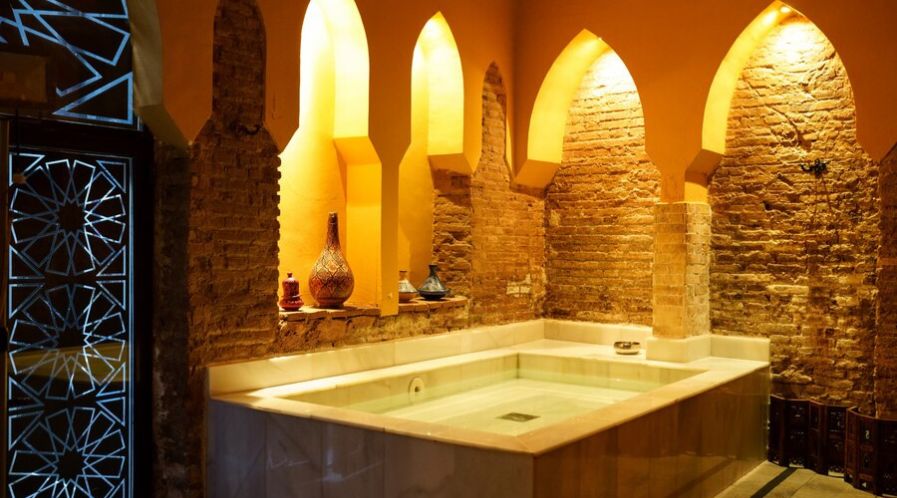
Personalisation
No other establishments other than those in the hospitality business appreciate this fact. More and more spas and hotels are now taking a custom approach to aromatherapy to meet individual needs and preferences. According to Geraldine Howard, President, Aromatherapy Associates, and Creator of Inner Strength Bath and Body Products, “As we look more towards holistic wellness, the mind and emotions are becoming more and more important. Spas are moving away from the ‘fashionable and mainstream’ marketing ploy of aromatherapy and are beginning to use essential oils and the power of scent for their true purpose and quality products for their innate therapeutic healing qualities. And spas and wellness businesses are taking the ‘old aromatherapy’ in new directions.”
Aromatherapy in Technology
There is an effort to bring aromatherapy to the gadget-loving generation as well. An Aromatherapy App has been developed to create combinations of blends. Available in participating spas, the app allows one to gain insight into aromatherapy, but in a simple and easy-to-understand format, so that spas can deliver professional, personalised, healing, and intentional experiences.
Spa professionals will be able to use the iPad app along with the in-spa Aroma Design Lab blending bar to create a totally personalized product – one that is used in treatments and another they can bring home. Using 20 organic and wild-harvested essential oils, the Intentional Aromatherapy iPad App can create up to 250 individual combinations of blends to create specific physiological effects for a specific person.
The app allows the therapist and the client to mindfully collaborate and focus on the specific intention of the treatment. This app puts the guest in charge of their likes rather than accepting what is available.
For the personal washroom, it can offer umpteen opportunities to bring that spa experience into the home washroom experience.
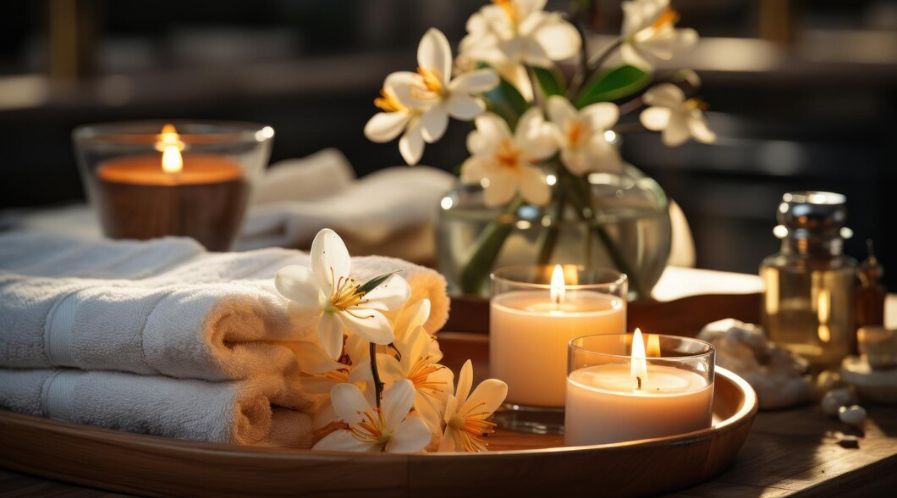
Implementation of Scent in Hospital washrooms
In order to portray themselves as a healing centre, hospitals are increasingly using “emotional design” to positively impact patients. This is especially seen in Europe, where high-end hospitals are now diffusing aromatherapy blends throughout the air in rooms and public areas.
According to statistics, this helps relieve anxiety, pain, nausea, vomiting, or even strengthen contractions, during childbirth. The washrooms in such educated hospitals bank on aromatherapy to extend their treatments through subtle means. Also, it has been noticed that patients who are given lavender aromatherapy treatment generally have an easier time sleeping.
Gadgetry
The first-of-its-kind aromatherapy set introduced in the market features three essential oil blends that are diffused directly through the hot water through container pods on showerheads. The pods are mounted on an adjustable arm that easily attaches to almost any style of shower head. The aromatherapy pod is positioned in a way that it extends into the stream of the water, or, for a more mild experience, moved out of contact with the water to allow the scent to diffuse through the moisture in the air.
Most major washroom companies, aware of the rising interest in aromatherapy are coming up with fixtures that assist in the experience. Showerheads, jet sprays and whirlpools with aromatherapy functions are entering the market in right earnest. As urban living shrinks spaces in cities, the small washroom relies on physical design to give that luxurious feel. Aromatherapy ensures that experience rises notches higher.
[The article was first published in the January-March 2017 issue of Washrooms and Beyond magazine.]
Tags: Anurag Yadav, Aromatherapy, Bathroom Trends, Spa-like Bathroom, Wellness



